Introduction
Sewing may be a creative and enjoyable hobby. Nothing beats the satisfaction of transforming a piece of cloth into something beautiful or useful for yourself or others.
To begin, you’ll master basic sewing vocabulary and methods. A few easy tasks might help you enhance your overall performance. Never be hesitant to ask for help from more seasoned sewers.
If you need help with a project, ask a friend, parent, or your club leader. A person’s sewing skills can either make or break a project. Good habits increase outcomes, whereas bad habits, while first appealing, then limit growth.
Adopting healthy behaviours may seem difficult at first. Instead of stitching on autopilot, you might be able to change your habits by paying attention to your sewing method by adopting these small and simple but useful sewing hacks.
For your convenience, here we are discussing some useful hacks which save your time and money n the best and simple way.
1 – Hand Stitching hacks
A machine-stitched thread line serves as a guide for hand stitching that is perfectly spaced. It is how we finished hand stitch will look. Before hand-sewing, we remove a few machine stitches at a time and trace the holes left behind.
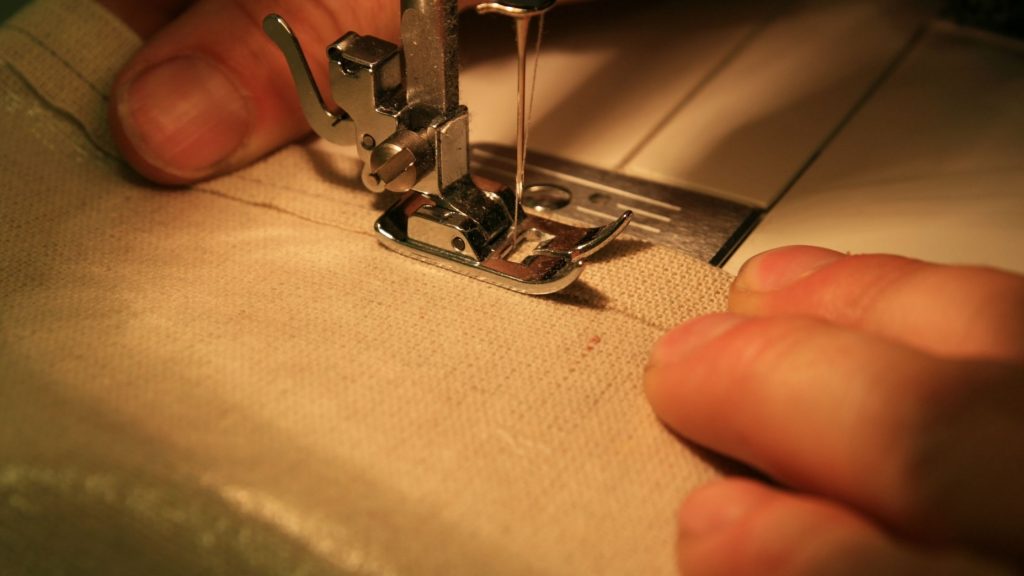
In other words, we don’t take out the stitches until we’ve completed our work. Machine stitches lead hand stitches such as blanket stitch, topstitch, and herringbone stitch. We’ve noticed that using this method consistently results in properly spaced hand stitching.
2 – Quick Tailor’s Tacks
There is a precious tailor hack that we use whenever we start sewing is holding the thread precisely. Sewers may tug a garment between the needle and feed dogs to achieve a smooth, pucker-free seam or prevent snagging delicate materials. It might, however, have the opposite effect and lead to even more problems. Needles can break, timing can be damaged, and the seam can be stretched, causing a new sort of puckering.
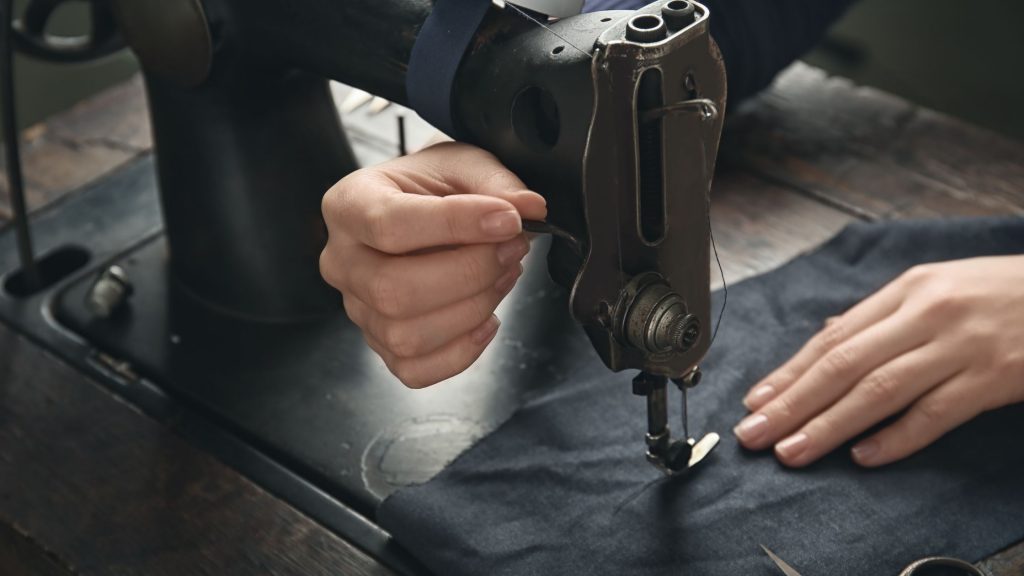
Changing your machine’s tension setting and using the correct needle and thread size are the proper ways to remove puckers from your work.
When taut-sewing is necessary, make sure to perform it correctly. To keep the needle tension regulated and the feed dogs working, push the fabric equally in both directions (forward and backwards).
3 – If Just One Scissor, Use Two
Spending less on excellent cutting tools will reflect the quality of your work. Invest in high-quality scissors and get them sharpened properly regularly. If one of our favourite scissors goes dull, we simply send it away for sharpening and replace it with another pair from our collection.
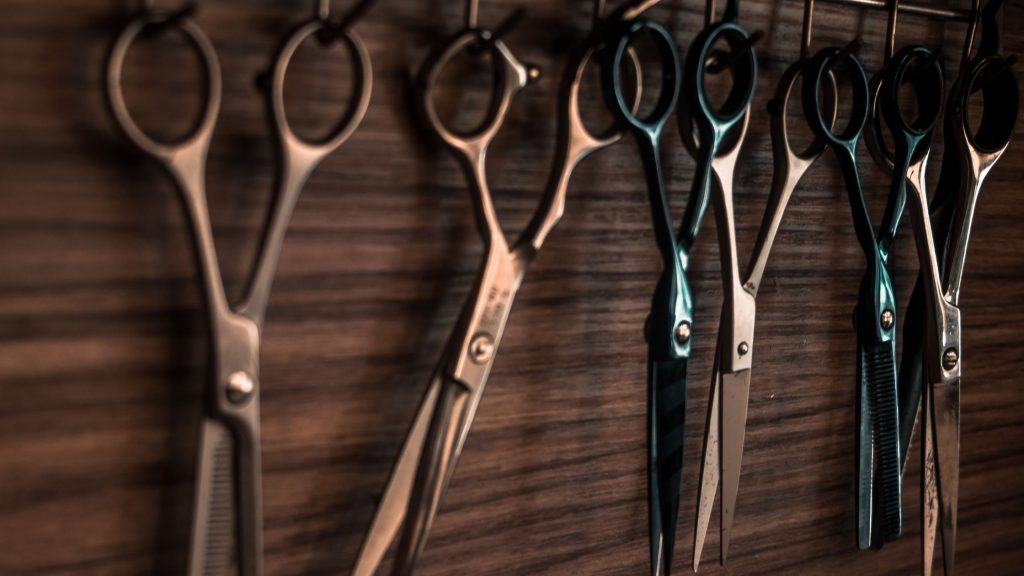
Purchase a big supply of rotary cutter blades and replace them immediately upon becoming dull. Keep an extra rotary cutter handle available to cut paper with dulled blades mounted on it. Not only are inefficient scissors hard to use, but they may also shred your fabric, lowering the quality of your completed project.
4 – Use Thread to Create a Button Shank
Make a thread shank if you want a flat button on thick material. After double-threading the thread ends through a needle, knot them. At the button insertion point, sew a line across the right side of the cloth.
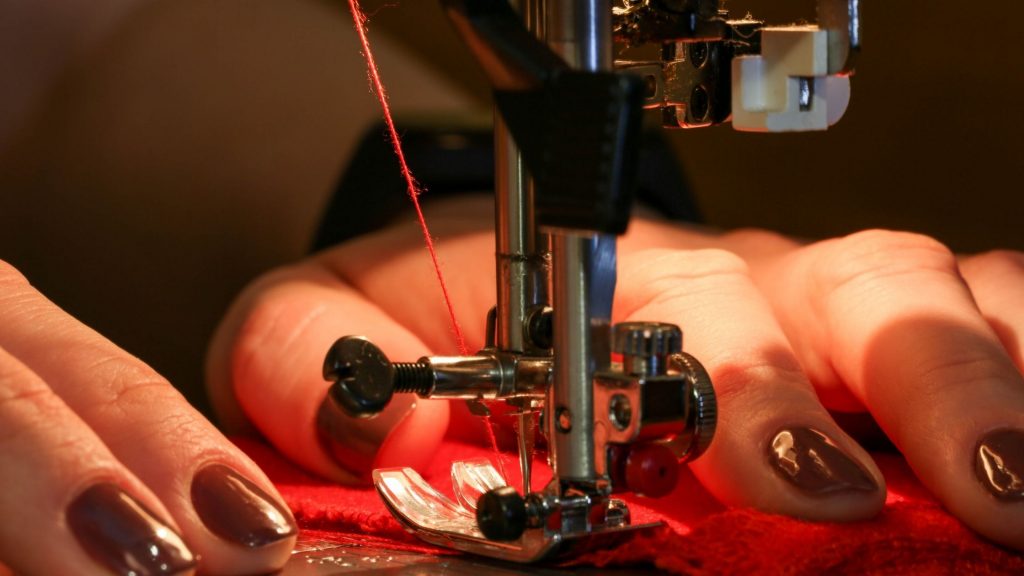
The button’s knot is concealed. Stitch through the button as usual, but don’t tighten too much. Then, select a spacer to ensure that the fabric and button are adequately separated. Sew on the button as normal.
Remove the spacer after sewing the button in place (the wrong side of the fabric) to maintain the threads taut while keeping the button away from the fabric. Insert the needle into the cloth between the fabric and the button. Wrap the thread around the stitches to strengthen the shank.
5 – Topstitching Tape Guide
Make a topstitching guide out of masking tape and use it to sew exactly straight topstitching on fabric without leaving any marks on it. Remove the tape and sew along the tape’s edge once more to finish the job.
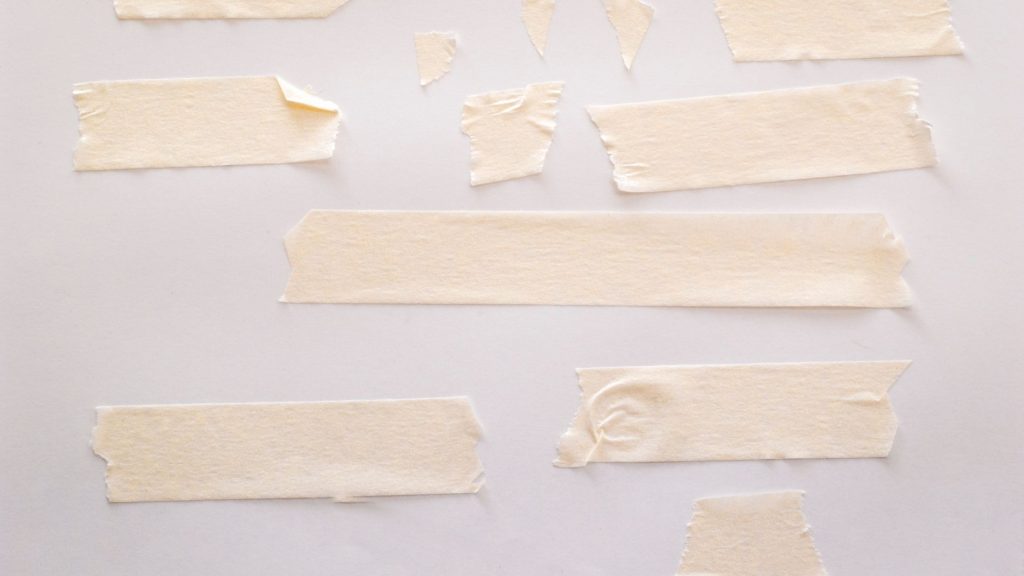
Concluding…
In the concluding talk, we proved here that everyone should learn to sew. Sewing is a skill that may be learned by anybody of any age, career, or background. Sewing satisfies all of our clothing needs, both fundamental and not so basic.
Sewing may be used to make knapsacks, plush animals, practical objects, and gifts. Sewing is a satisfying and useful hobby that you can be proud of.
Frequently Ask Questions (FAQs)
Is there any solution for the Hem guide?
Yes, one can use a silicon hem guide instead of a metal Hem guide to avoiding heating fingers. They are safe while using iron like they remain cool to touch.
How can I mark the fabric?
You could mark the fabric by erasable pen if you are didn’t feel comfortable with vanish-able inks for fabric, marking while you are sewing. It would be a great sewing hack.